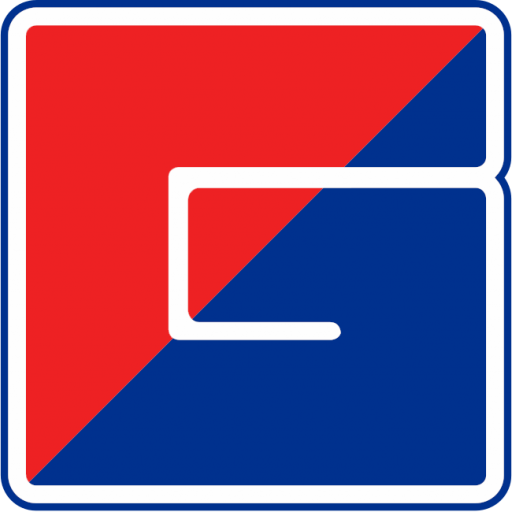Finding your next multifamily investment can be challenging, especially in today’s market environment. Cap rates are at record lows and interest rates are on the rise. Inflation climbed 7.9% year-over-year as of February 2022, increasing operating expenses and the cost of capital improvements. Rent growth has been the only saving grace, surging nearly 20% across the top 50 metros in 2021.
Discovering the right opportunity requires looking at more deals when they hit the market and being prepared to move forward quickly with a strong bid. Understanding your financing options is vital.
Small loans, big opportunities
When considering your financing options for 5+ unit multifamily properties you should go beyond your local bank and consider financing through an agency small loan program. Fannie Mae Small Loans and Freddie Mac Small Balance Loans (SBL) offer some of the most competitive terms in the market, so they’re absolutely worth exploring if your property is eligible. In this article, we will walk you through all of your financing options and help you navigate the property-specific agency small loan requirements so you know what to look for when searching for your next multifamily investment.

Multifamily financing options
Agency small loan programs
Fannie Mae Small Loans and Freddie Mac Small Balance Loans (SBL) can be a game changer for achieving your investment goals, limiting risk, and maximizing returns. They typically provide an ideal mix of low rates, maximum leverage, speed to close, and non-recourse debt for stabilized, 5+ unit multifamily properties. Specific benefits include:
- Loan amounts from $750k – $7.5 million
- Fixed and hybrid rate loan options
- Up to 80% LTV
- 30-year amortization
- Up to 30-year loan terms
- Up to full-term interest-only
- Yield maintenance and declining prepayment penalty options
- Non-recourse
- Assumable
- Can close within 60 days or less
- Available nationwide
- Stable source of capital
- Rate held at application for Freddie Mac SBL
- Supplemental loans available for Fannie Mae Small Loans
How other financing options compare:
| Financing options | Potential advantages | Typical disadvantages |
| Banks and credit unions | Floating rate options Less than 5-year loan terms available Shorter closing time frame Less stringent property and borrower requirements Lower prepayment penalties Less due diligence/ documentation Lower closing costs | Higher rates Capped at 75% LTV Limit cash-out proceeds 25-year amortization 5–10-year maximum loan terms Limited interest-only Full or partial recourse Not assumable Limited geographically Deposit requirements Less stable source of capital |
| FHA/HUD | Lower rates Up to 35-year amortization and loan terms Construction and rehab loan products also available | Typically require 6+ months to close Greater due diligence/ documentation No hybrid rate options |
| CMBS | Less stringent property and borrower requirements May allow use of mezzanine debt or preferred equity | Higher rates Capped at 75% LTV 10-year maximum loan term $2MM minimum loan amount Less flexible prepayment options Cannot hold rate until a few days before closing Less stable source of capital More stringent servicing requirements w/ cash management triggers |
| Life companies | Lower rates Rate locked at application | Capped at 65-70% LTV Limit cash-out proceeds Limited to higher class properties 25-year amortization $2MM minimum loan amount |
| Debt funds, construction, bridge, and hard money lenders | 6-month to 3-year loan terms Do not require stabilized occupancy (lend on new construction, lease-up, and rehabilitation/ redevelopment projects) Shortest closing time frame | Higher rates and/or only floating rate options available Capped at 75% LTV Shorter loan terms Partial or full recourse |
Key takeaways
Local banks and credit unions may provide greater flexibility and lower closing costs, however; they will likely have higher rates and limit you to 75% LTV, 5-year loan terms, 25-year amortization, no interest-only, and require at least partial recourse.
Lenders that may be able to offer lower rates, such as FHA/HUD or life companies, require greater due diligence and can take too long to close (FHA/HUD), or are only available for higher class properties and limit your loan proceeds to less than 70% LTV (life companies).
So, what should you look for when searching for your next multifamily investment to make sure you can take advantage of the ideal mix of terms provided by Fannie Mae and Freddie Mac’s small loan programs?
Finding a multifamily property that fits
Property must-haves to qualify for agency small loans:
- 5+ units
- $750k – $7.5MM loan amount (approximately $1MM minimum property value)
- Stabilized occupancy (At least 90% minimum physical occupancy with certain exceptions down to 85%)
Property may be eligible if:
- Currently benefiting from certain tax abatements
- Age-restricted or “seniors housing” as long as it does not provide resident services
- Offering tenant-based rental assistance with no more than 20% of the units encumbered by a HAP contract or subject to other approved affordability restrictions/contracts
Property may NOT be eligible if:
- More than 5% of its units will be operated as short-term rentals such as an AirBnB units
- Comprised of micro-units less than 350 SF
- There is more than 50% commercial (non-residential) space or commercial income
- There is more than 50% student, military, or single employer concentration
- Comprised of non-contiguous parcels with individual buildings consisting of less than 5 units
- Considered a “fractured condo,” representing only a portion of the project’s total units
Where to look
A great place to start your property search is right here with the Glenn Group! You can call Luke Gibson directly at 417-359-6868 or contact our team online.

